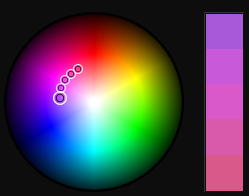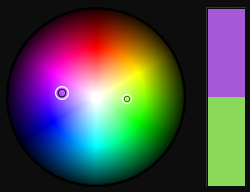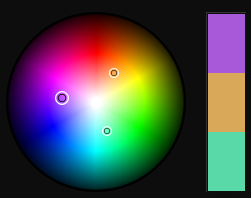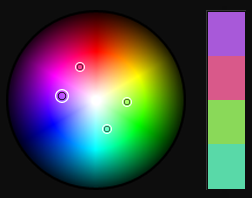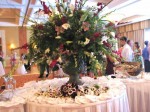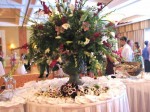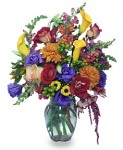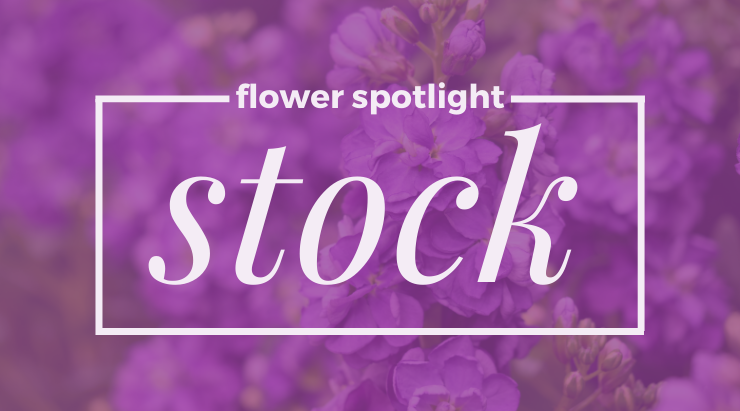
Stock flowers have been around for a long time and are part of the mustard family Brassicaceae. With over 50 variants, stock flowers make for a beautiful addition to any bouquet! Keep reading to learn more about their origin, meaning, and some interesting facts! [Read more…]

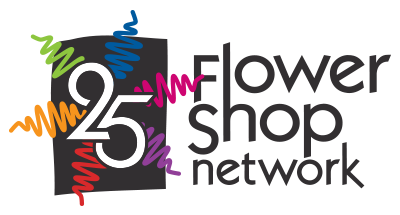
 Find Your
Find Your 
